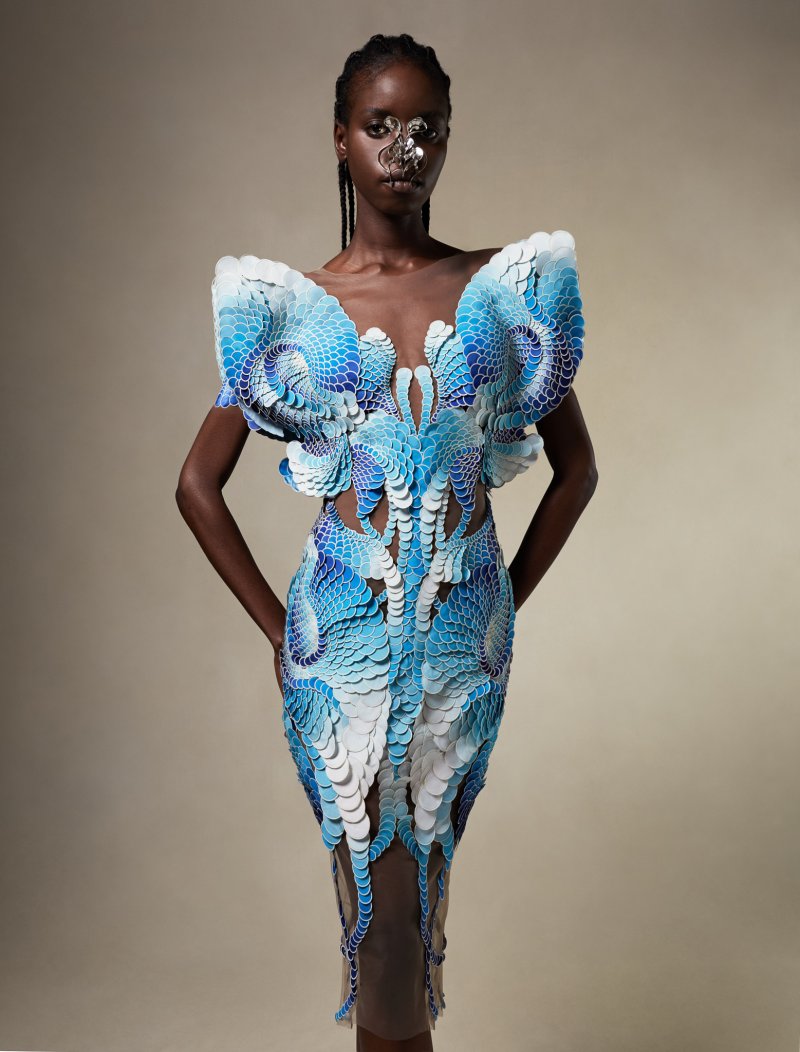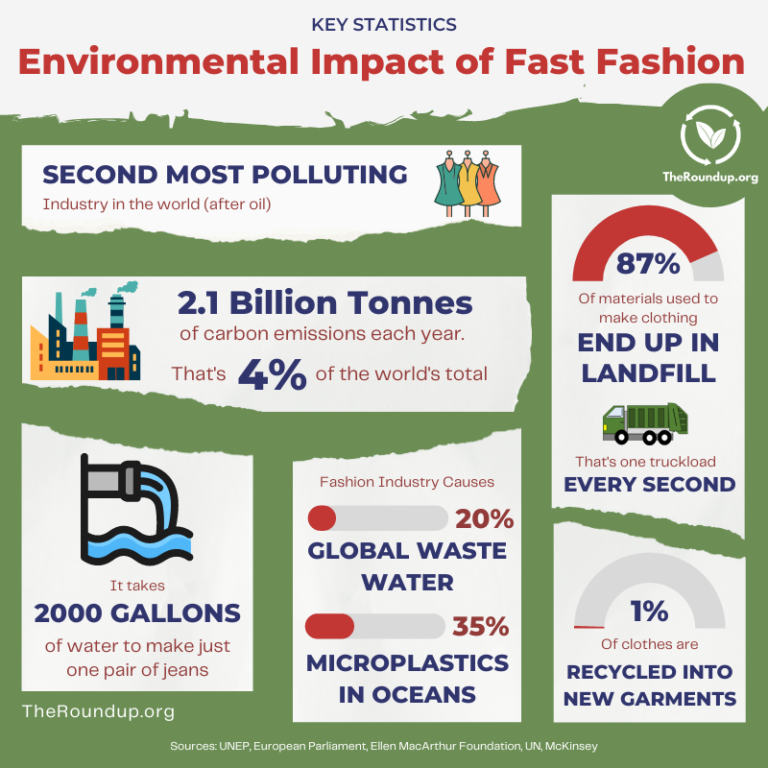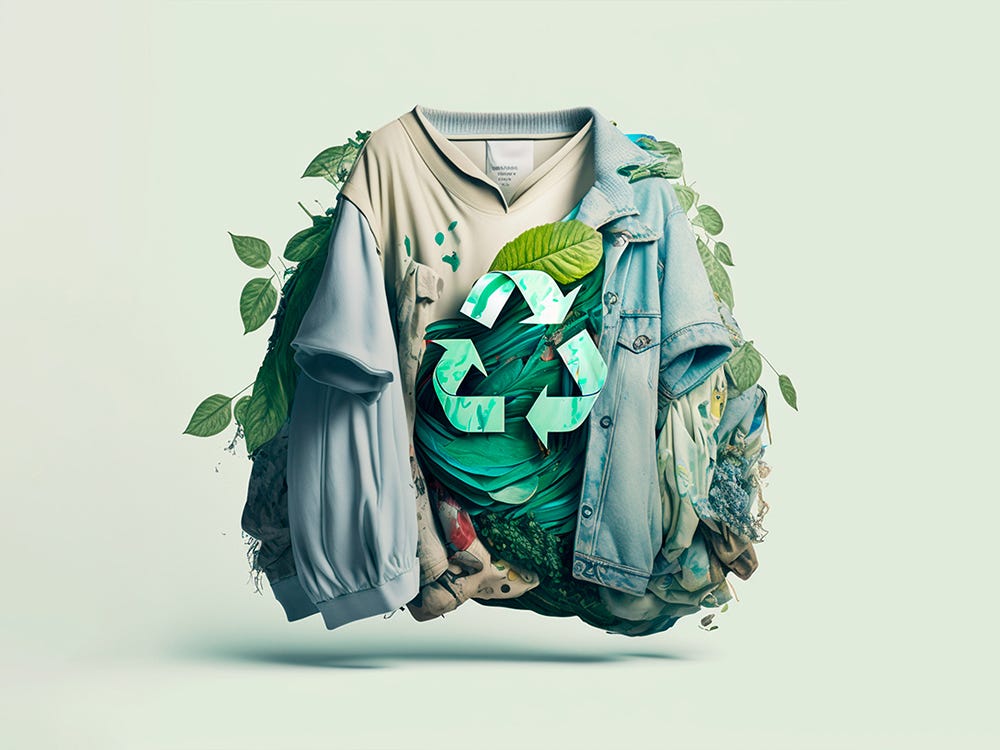EU Mandates Transform Fashion Sustainability
The European Union is setting a new standard for fashion sustainability with its latest regulations. By 2025, fashion companies must report unsold textiles, and by 2026, destroying unsold items will be illegal. These changes are pushing brands to adopt eco-friendly practices and embrace on-demand production, which has already cut unsold clothing by 30% globally. As the industry adapts, the focus on reducing waste and promoting sustainable manufacturing is reshaping the future of fashion.
- 📉 Waste Reduction: On-demand production is slashing unsold clothing by 30% worldwide, minimizing waste and environmental impact.
- 💰 Cost Savings: Brands are saving billions annually by avoiding losses from unsold inventory, thanks to efficient production models.
- 🌿 Eco-Friendly Practices: Sustainable manufacturing is becoming the norm, with brands implementing waste reduction and eco-friendly measures.
- 📊 New EU Regulations: Starting 2025, EU fashion companies must report unsold textiles, and by 2026, destroying unsold items will be banned.
- 👗 Digital Wardrobes: Digital wardrobes are revolutionizing fashion by reducing waste and making high fashion more accessible to consumers.
On-Demand Fashion: Cutting Waste and Costs in 2025
– **Minimized Waste**: On-demand production decreases unsold clothing by 30% globally.
– **Cost Efficiency**: Brands avoid billions in losses from unsold inventory each year.
– **Sustainable Manufacturing**: This model promotes eco-friendly practices in the fashion industry.

EU’s 2025 Directive on Reporting Unsold Textile Inventory
– **New Reporting Requirements**: EU fashion companies must report unsold textiles starting 2025.
– **Ban on Destruction**: It becomes illegal to destroy unsold items in early 2026.
– **Sustainability Measures**: Brands must implement waste reduction and eco-friendly practices.

Virtual Fashion Shows: Making High Fashion Accessible in 2025
– **Digital Wardrobes**: Digital wardrobes will reduce waste and increase accessibility in fashion.
– **Social Media Influence**: Platforms like TikTok shape fashion trends and consumer choices.
– **Cultural Shifts**: Cultural evolution drives rapid changes in fashion trends globally.

Innovations Shaping Eco-Friendly Fashion Trends for 2025
– **Consumer Demand**: Eco-friendly fashion demand rises 50% by 2025 among millennials.
– **Tech Advances**: New tech enables recycling of textiles into virgin-like materials.
– **Brand Initiatives**: Brands like Patagonia use 30% post-consumer waste in products.









